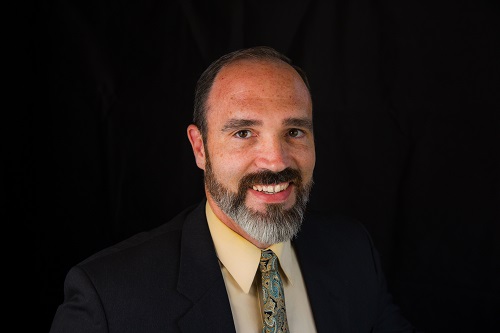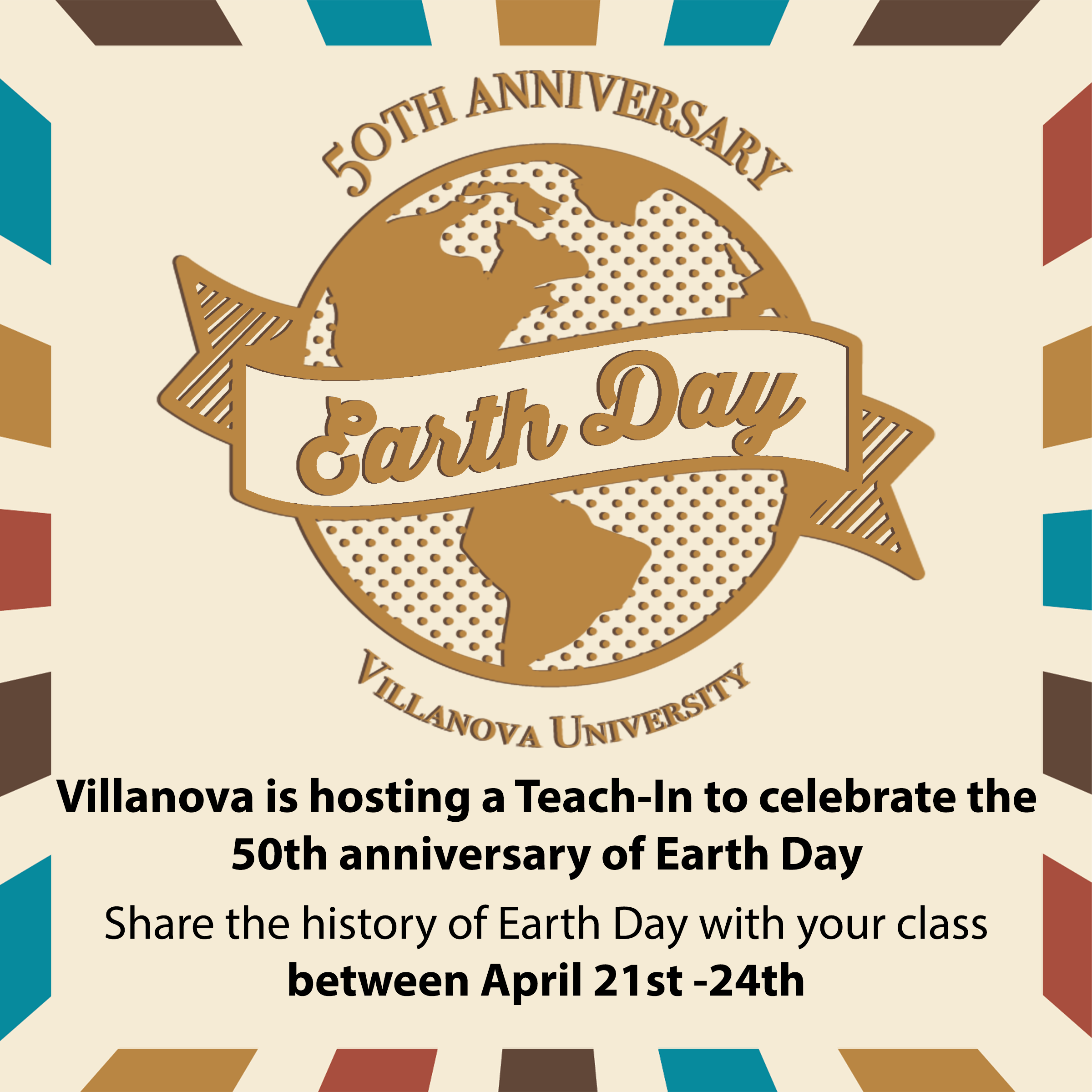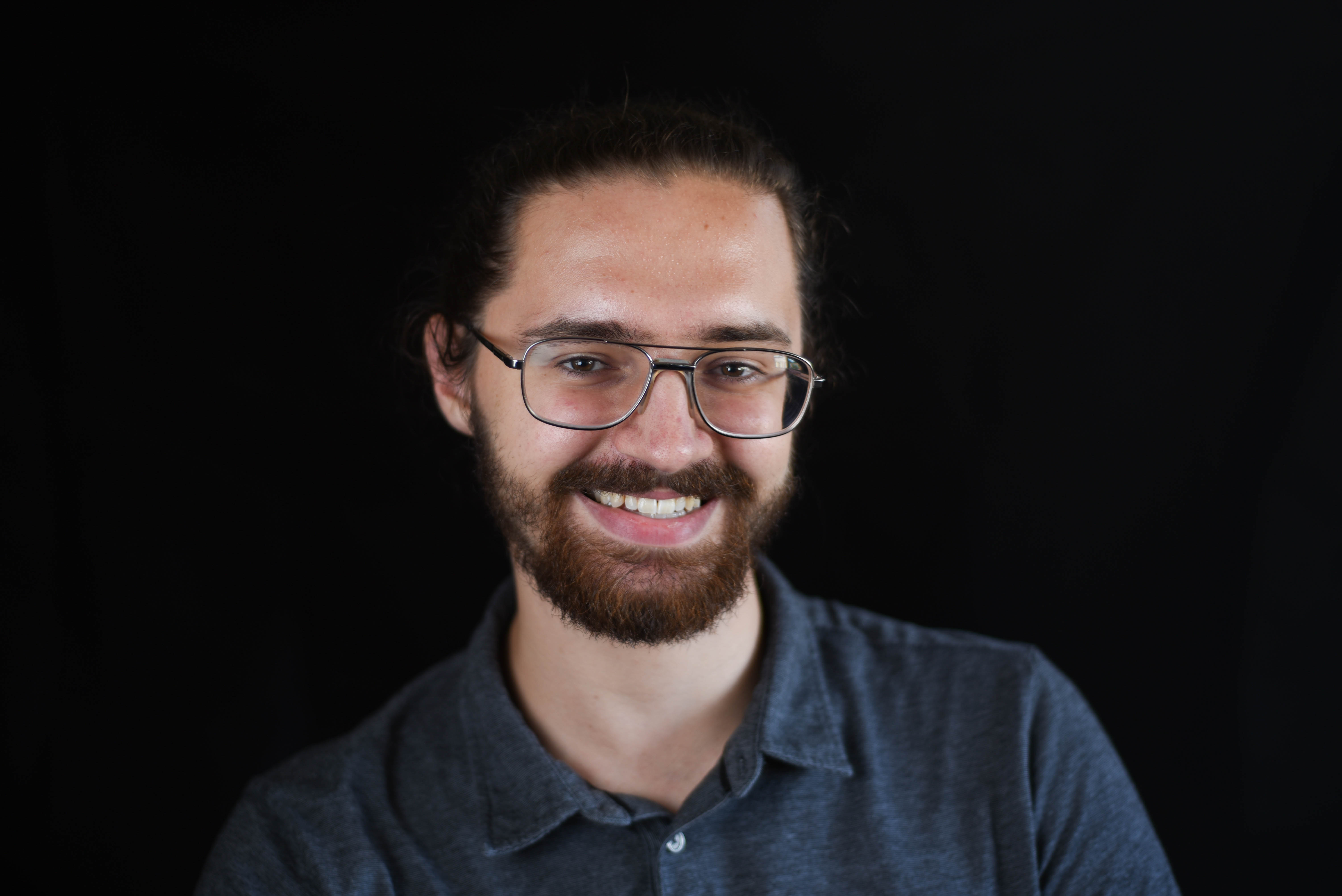Dig Deeper: Three Irish Poets on Sustainability

Please join us for readings from three acclaimed Irish poets, Jane Clarke, Katie Donovan, and Catherine Phil MacCarthy on Monday, Sept. 25, from 5-6:30 p.m. in Falvey Library’s Speakers’ Corner. This event, titled “Wonders and Realities: Three Irish Poets on Sustainability,” will explore how poetry helps us fine-tune our senses and pay attention to the wonders and realities of our threatened world.
Dig deeper and explore the links below for more information on the featured poets.
Jane Clarke grew up in County Roscommon, Ireland. She is the author of three poetry collections: The River, When the Tree Falls, and A Change in the Air. The latter is shortlisted for the Forward Prize for Best Collection 2023. When the Tree Falls was shortlisted for the Pigott Prize 2020, the Irish Times Poetry Now Award 2020, and the Farmgate Café National Poetry Award in 2020.
- The River (Clarke, 2015)
- When the Tree Falls (2019)
- A Change in the Air (2023)
- Jane Clarke website
- Jane Clarke reads and introduces twelve poems from When the Tree Falls (Bloodaxe Books)
- Three poems by Jane Clarke (And Other Poems)
- Conversation with Jane Clarke (Rattle Poetry)
- Interview with poet Jane Clarke (Writing.ie)
- NYU DC Salon Series: A Conversation with Jane Clarke
Katie Donovan was born near Camolin in County Wexford, Ireland and earned degrees from Trinity College Dublin as well as the University of California at Berkeley. Her five books of poetry have all been published by Bloodaxe Books. Her most recent, Off-Duty appeared in September 2016. It was shortlisted for the Irish Times/Poetry Now Prize in 2017. She is the 2017 recipient of the O’Shaughnessy Award for Irish Poetry.
- Entering the Mare (Donovan, 1997)
- Watermelon Man (Donovan, 1999)
- Day of the Dead (Donovan, 2002)
- Rootling (Donovan, 2010)
- Off Duty (Donovan, 2016)
- Katie Donovan website
- Expert workshop: Katie Donovan and how family inspires creativity (Irish Family History Centre)
- Writer’s Block with Katie Donovan (The Gloss)
- Poems from Off Duty by Katie Donovan (Poethead by Chris Murray)
- In conversation with Katie Donovan (The Attic Sessions)
- Katie Donovan reads from Rootling (Bloodaxe Books)
Catherine Phil MacCarthy was born in County Limerick, Ireland. The author of five poetry collections, she studied at University College Cork, Trinity College Dublin, and Central School of Speech and Drama, London. She is the 2014 winner of the O’Shaughnessy Award for Irish Poetry. The Arts Council, An Comhairle Ealaíon, have awarded her a Bursary in Literature towards each of her 2013 and 2020 poetry collections.
- How High the Moon (MacCarthy, 1991)
- This Hour of the Tide (MacCarthy, 1994)
- The Blue Globe (MacCarthy, 1998)
- One Room An Everywhere (MacCarthy, 2003)
- Suntrap (MacCarthy, 2007)
- The Invisible Threshold (MacCarthy, 2012)
- Daughters of the House (MacCarthy, 2019)
- Catherine Phil MacCarthy website
- “Limbo,” read by Catherine Phil MacCarthy (UCD Library Special Collections)
- Interview with Catherine Phil MacCarthy (Island’s Edge)
This ACS-approved event, co-sponsored by the Center for Irish Studies, Falvey Library, and Global Interdisciplinary Studies, is free and open to the public.

Julia Wagner ‘26 CLAS is a Communication major from New Hampshire (Go Patriots!). She works as a Communication & Marketing Student Assistant at Falvey Library. Links provided by Kallie Stahl, Communication & Marketing Specialist at Falvey Library.



 Ethan Shea is a graduate student in the English Department at Villanova University and Graduate Assistant at Falvey Library.
Ethan Shea is a graduate student in the English Department at Villanova University and Graduate Assistant at Falvey Library. After reading about the
After reading about the 


 Shawn Proctor is Communication and Marketing Program Manager at Falvey Memorial Library.
Shawn Proctor is Communication and Marketing Program Manager at Falvey Memorial Library.

 Ethan Shea is a first-year English Graduate Student at Villanova University and Graduate Assistant at Falvey Memorial Library.
Ethan Shea is a first-year English Graduate Student at Villanova University and Graduate Assistant at Falvey Memorial Library.


 Nate Gosweiler is a graduate assistant for Falvey Memorial Library and a graduate student in the Communication department. This week, he is slogging through some more of Thomas Pynchon’s Against the Day.
Nate Gosweiler is a graduate assistant for Falvey Memorial Library and a graduate student in the Communication department. This week, he is slogging through some more of Thomas Pynchon’s Against the Day.